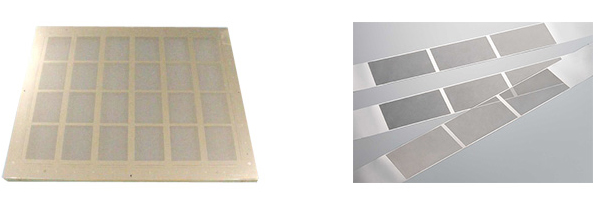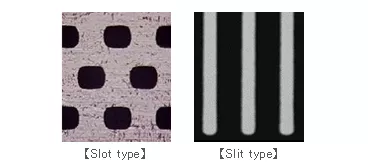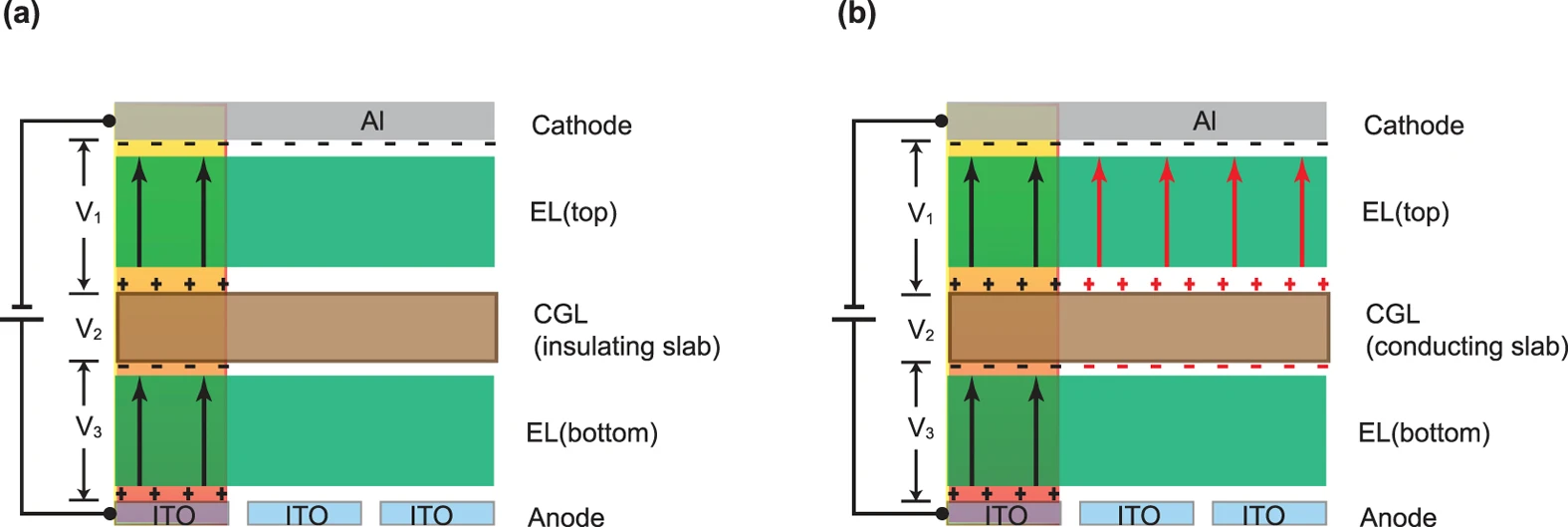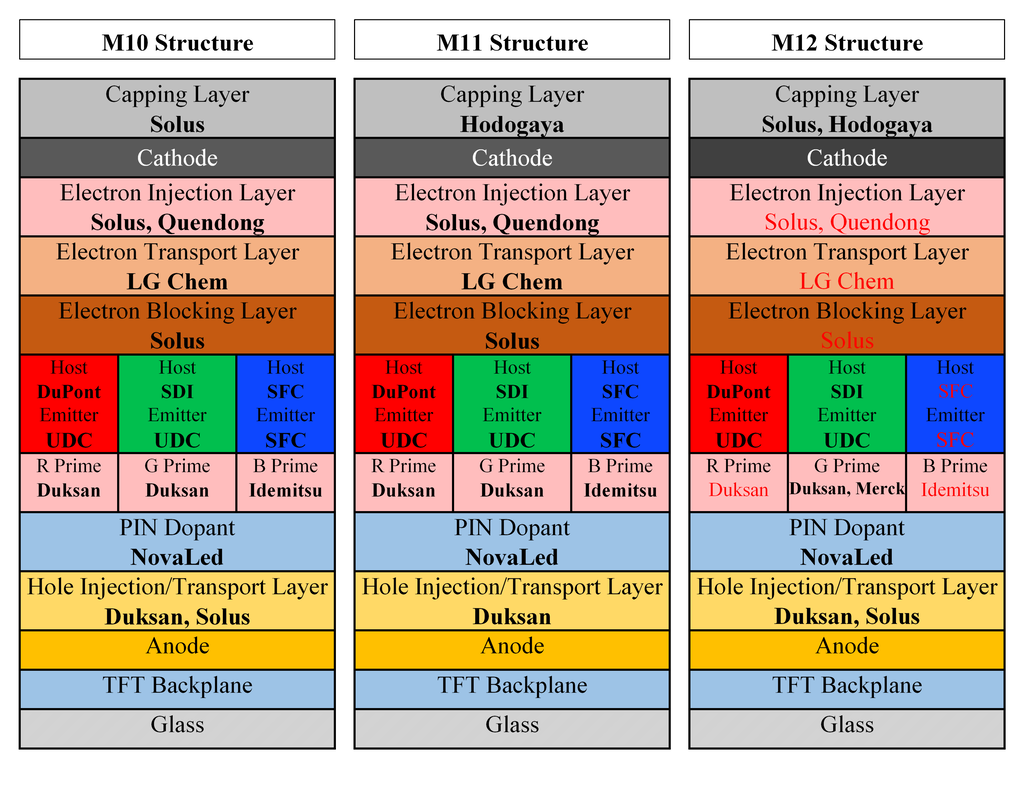Apple Puts BOE to the Test, Again
While there has been considerable speculation as to the status of the relationship, particularly as production for the iPhone 14 is about to begin later this month or in July, BOE has been working toward reestablishing itself in the good graces of Apple to regain standing as a display supplier for the iPhone 13 and iPhone 14, which are by in large produced by South Korean rivals Samsung Display and LG Display (LPL). We believe they have been re-approved for the iPhone 13 and are back in production, but according to local South Korean press, must undergo a new approval process for the iPhone 14, which is said to be underway at Apple. If BOE wins approval, they are expected to be producing the OLED displays for the iPhone 14 basic model, which is based on LTPS backplane technology, as opposed to LTPO that is used on the higher end models. Depending on the time it takes, and the success of the evaluation, BOE would be a few weeks behind SDC and LGD in terms of production, but we expect the company will do whatever it takes to meet the volume goals needed by Apple in order to maintain what is a rather fragile relationship currently.






 RSS Feed
RSS Feed